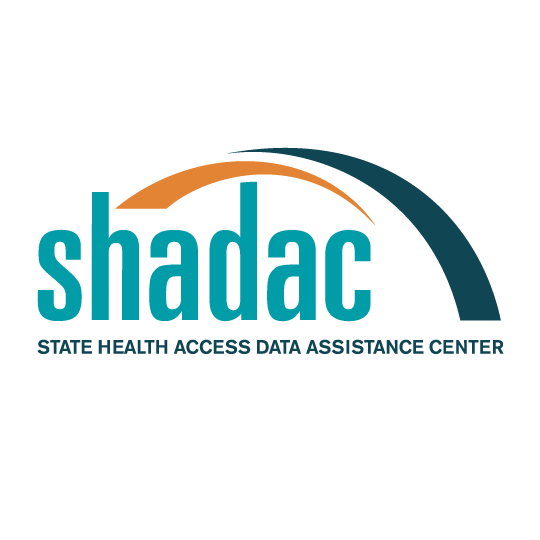Publication
Exploring the New State-Level Opioid Data on SHADAC's State Health Compare: Webinar
Date: September 5, 2018
Time: 12:00 p.m. - 1:00 p.m. Central
Watch a recording of the event below, or download a PDF of the presentation slides and the event transcript.
Between 2000 and 2016, the annual number of drug overdose deaths in the United States more than tripled, from 17,500 to 63,500, and most of these deaths involved opioids. Despite widespread increases in overdose death rates from natural and semi-synthetic opioids, synthetic opioids, and heroin, individual states’ death rates varied widely. For example, in 2016, Nebraska’s rate of 1.2 deaths per 100,000 people was the lowest in the U.S. for natural and semi-synthetic opioids, while West Virginia’s rate (the highest) was more than 15 times larger, at 18.5 deaths. These deaths are the most glaring indication of the growing crisis of opioid abuse and addiction that has been spreading unevenly throughout the country over the past two decades.
On this SHADAC webinar, Research Fellow Colin Planalp examined the United States opioid epidemic at the state level, analyzing trends in overdose deaths from heroin and other opioids, such as prescription painkillers. Using data available through SHADAC’s State Health Compare, he also looked at which states have the highest rates of opioid-related deaths and which have experienced the largest increases in death rates.
Mr. Planalp was joined by SHADAC Research Fellow Robert Hest, who discussed the data on opioid-related overdose deaths from the U.S. Centers from Disease Control and Prevention (CDC) that are available on SHADAC’s State Health Compare. He also spoke about State Health Compare data from the U.S. Drug Enforcement Administration (DEA) on sales of common prescription opioid painkillers, and demonstrated how to access and use the data for state-level analyses.
Event Resources
The Opioid Epidemic: National Trends in Opioid-Related Overdose Deaths from 2000 to 2016 (SHADAC Brief)
The Opioid Epidemic: State Trends in Opioid-Related Overdose Deaths from 2000 to 2016 (SHADAC Brief)
Significance Testing Using State Health Compare (SHADAC Brief)









